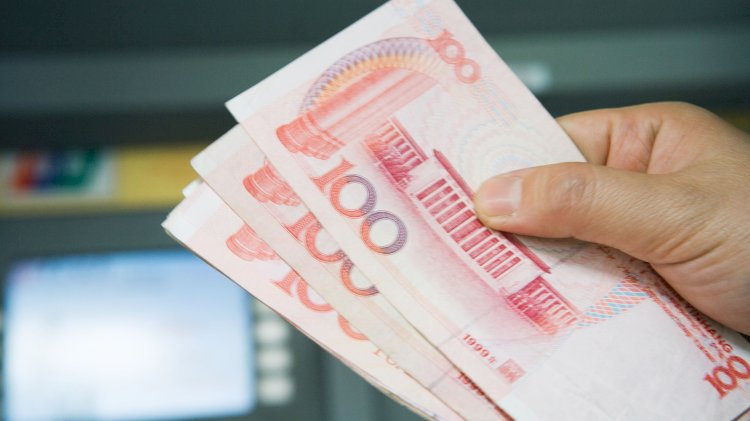China is looking to peg its exchange rate in order to make its exports competitive
China is leveraging its rein in the yuan as the currency soars to three-year high against the U.S. dollar

China is leveraging its rein in the yuan as the currency soars to three-year high against the U.S. dollar. An appreciated yuan makes Chinese goods and services relatively more expensive to buyers looking to make a purchase abroad, and it is now spurring concerns regarding the competitiveness of Chinese exports that have served as an important contributor to the national economic growth.
The Chinese yuan registered little changes against the U.S. dollar on Thursday after the People’s Bank of China (PBOC) pegs the Chinese yuan’s daily midpoint at 6.3811 vis-à-vis the greenback. It has marked the second-consecutive day of weaker fixings, cumulatively reversing six consecutive trading days of stronger fixings. The PBOC tried allowing the market for playing a greater role in deterring the mining of yuan’s exchange rate. However, the central bank possesses some control via daily midpoint fixings against the U.S. dollar, which has helped the bank to allow yuan for a move 2% higher or lower from the level.
The weaker fixings were followed by the central bank’s announcement past Monday, stating that the financial institutions should increase the ratio of foreign exchange deposits by about 2 percentage points to 7% from 5% presently. The hike is expected to lay force on the banks to keep more of their foreign currency holdings, thereby reducing the amount that could be leveraged for influencing foreign exchange rates.
It is recorded to be the first such hike in over 14 years since May 2007 which happened before the financial crisis. The economists are estimating that the move is expected to reduce the amount of foreign currency that is available for long-term trading by more than USD 20 billion. Additionally, the precise dollar amount is expected to be less significant than the central bank’s message and will not move in a single direction.





























